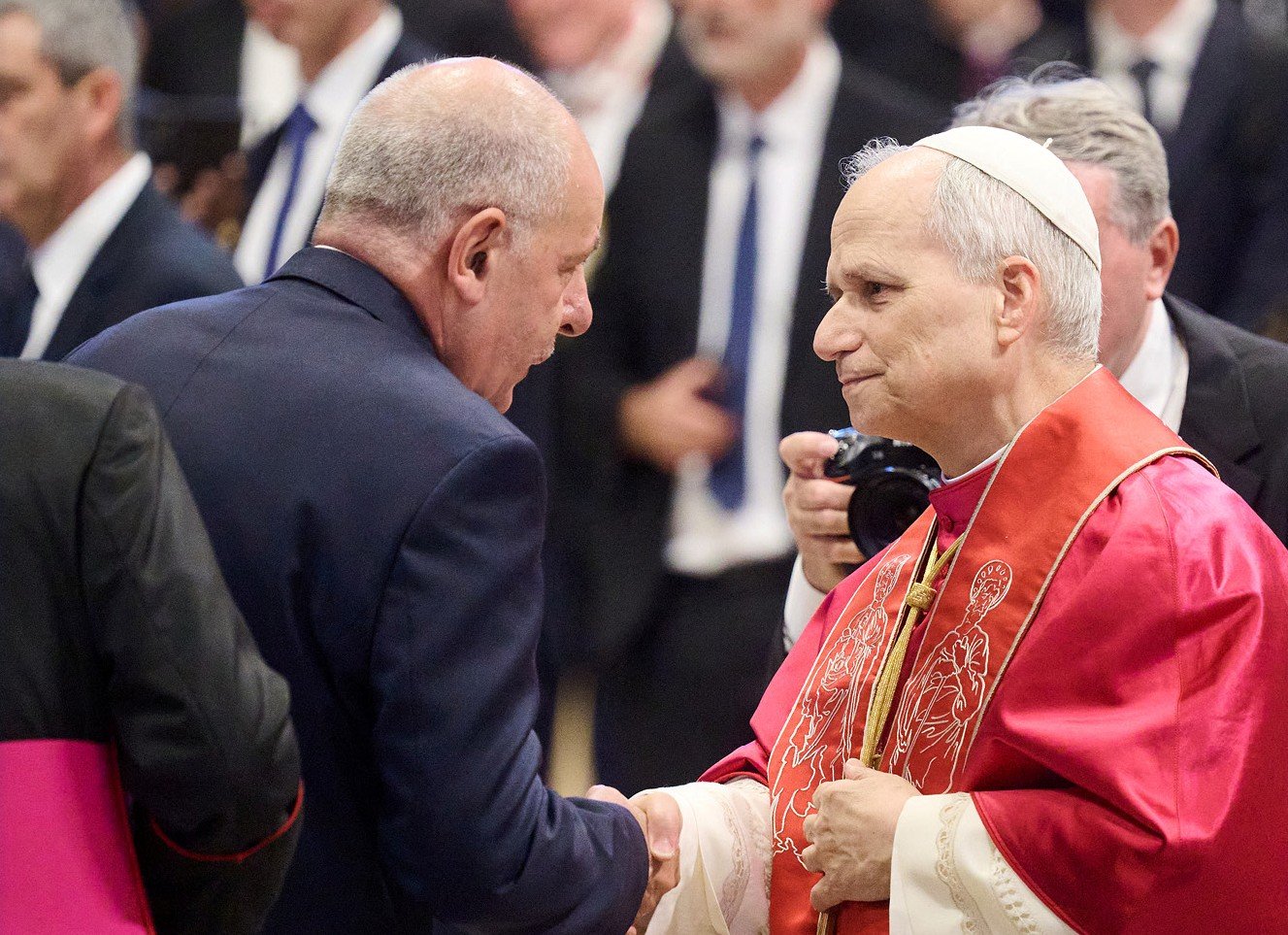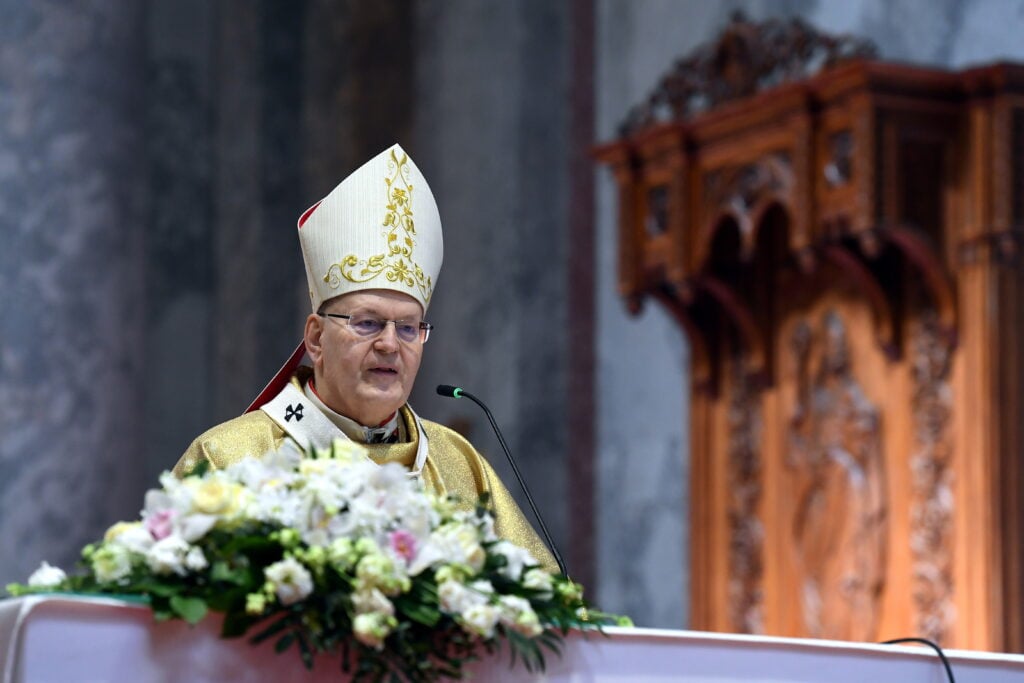
The Holy Mass marking the beginning of the Petrine ministry of the new Pope was attended by the President as head of the Hungarian delegation.Continue reading

With a foreword by Cardinal Péter Erdő, the Vatican’s official publishing house has released a new book by Antal Molnár, deputy director of the HUN-REN Research Center for the Humanities (BTK), about Hungarians in Moldavia. The nearly 600-page English-language publication is the first work written by a Hungarian author to bring the history of this ill-fated Hungarian national community to the center of the universal church, reads the website of the HUN-REN Hungarian Research Network.
Catholic Confessionalization in Early Modern Moldavia. The Synod of Cotnari and the Speculum Ordinis of Bartolomeo Bassetti OFMConv. (1642) is the title of the latest book by Antal Molnár, Deputy Director General of HUN-REN BTK and Director of the Institute of History at HUN-REN BTK, published by the Vatican’s official publishing house, Libreria Editrice Vaticana.
The history of Moldavian Catholics has long been researched by Romanian and Hungarian historians, but many sources still lie unknown in the depths of archives. The recently published volume is based on a manuscript that had been hidden for centuries, containing the records of the 1642 Synod of Cotnari and the Moldavian Catholic ritual compiled there. The manuscript is titled Speculum Ordinis (Mirror of the Order), and was compiled by Bartolomeo Bassetti, an Italian Minorite missionary, and Pál Bellinus, a Hungarian priest. The manuscript is an extremely valuable source for the history of the Hungarians of Moldavia in the 17th century, as it highlights the natural ties between the Catholics of Moldavia and the Catholic Church in Hungary, and through this, the often disputed Hungarian origins of this religious minority.
The 175-page English-language introductory study provides a historiographical overview and then thoroughly describes the organizational development and multifaceted (Hungarian, Polish, Italian, and Bulgarian-Bosnian) connections of the Moldavian Catholic Church.
In addition, it describes in detail the path leading to the synod and the interactions between Catholic and Orthodox confessionalization, and then, through a detailed philological and content analysis of the synod book, reveals the sources of the decrees and rituals. The author also shares 53 mostly unpublished archival documents, and the book ends with a critical and facsimile edition of the “Speculum Ordinis.”
Perhaps the greatest merit of Antal Molnár’s new volume is that it consciously breaks with the nationalist-motivated conventions of Hungarian and Romanian historiography that date back a century, and attempts to place the history of the Catholic Church in Moldavia back into the early modern context in which its formation and functioning can truly be understood,”
summarized Cardinal Péter Erdő, Archbishop of Esztergom-Budapest, in the book’s preface.
The cardinal emphasized that he considers it very important that the history of the Church in Central and Eastern Europe, developed under unique historical circumstances that differed in many ways from those in Western Europe, be recognized in universal academic and ecclesiastical forums. He added that the publication convincingly represents the spirit of Pope Francis’s guidance, which encouraged historians to seek truth free from ideology and to promote a culture of dialogue.

Cardinal Péter Erdő. Photo: MTI/Kovács Attila
“Antal Molnár’s book may also provide an incentive to set aside our centuries-old grievances, and relying on the excellent Hungarian-Romanian ecclesiastical relations, to begin joint research into the past of Moldavian Catholics that is unbiased, free of historical anachronisms, and shapes the identity of the faithful community with authentic historical knowledge,” conclude Erdő’s laudatory remarks.
The international scientific significance of the 580-page volume is indicated by the fact that it will be presented at a roundtable discussion at the Austrian Academy of Sciences on June 24, 2025.
Via hun-ren.hu, Featured image: Pexels